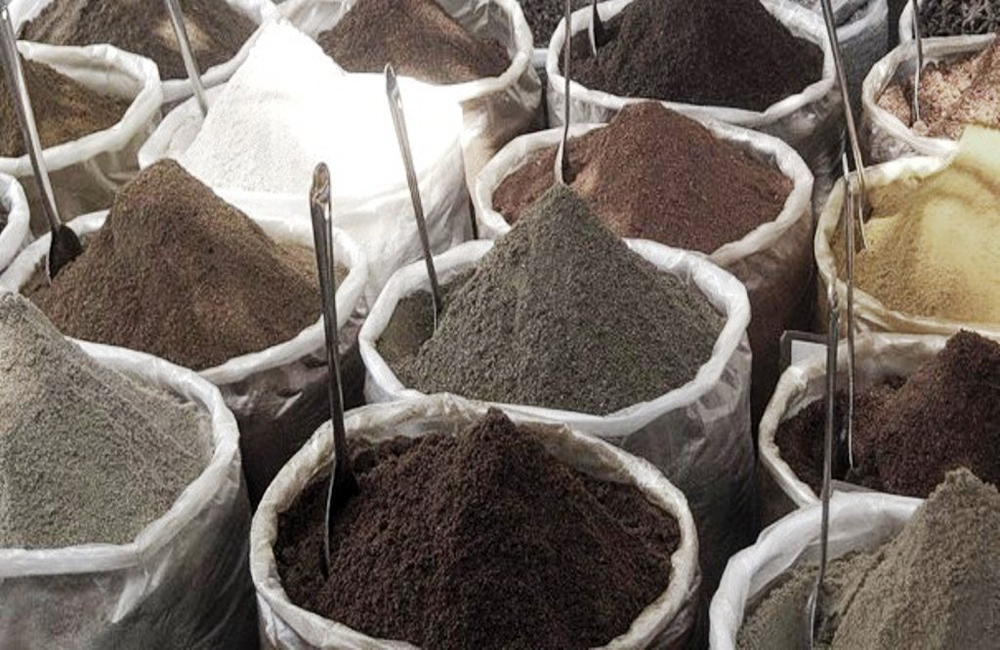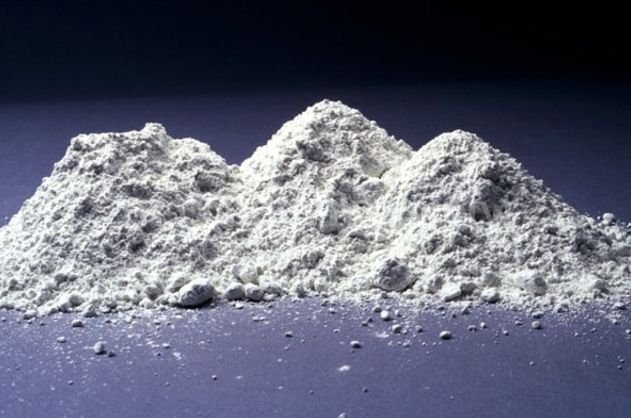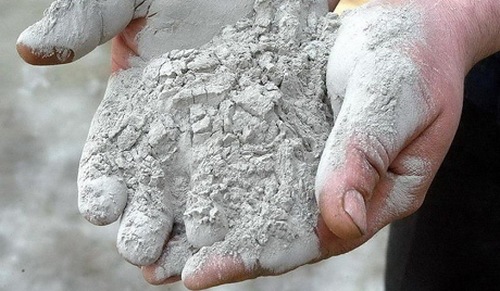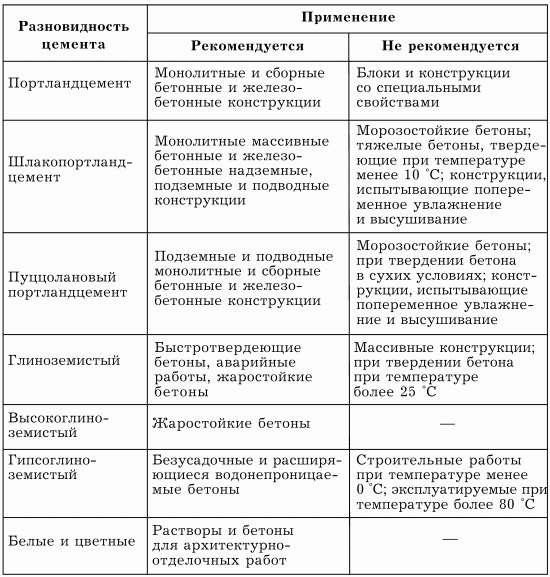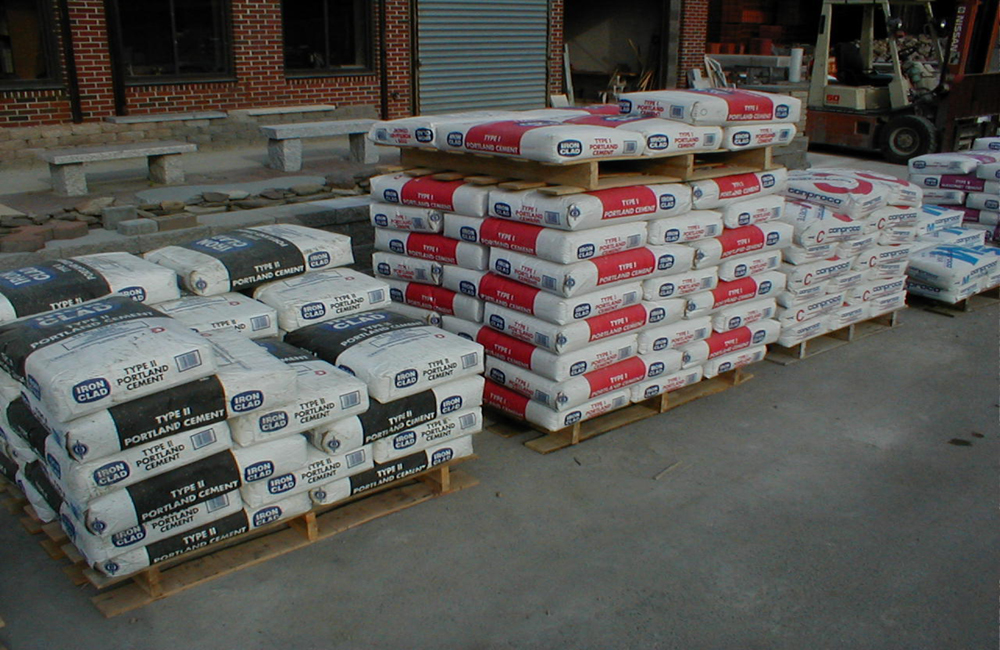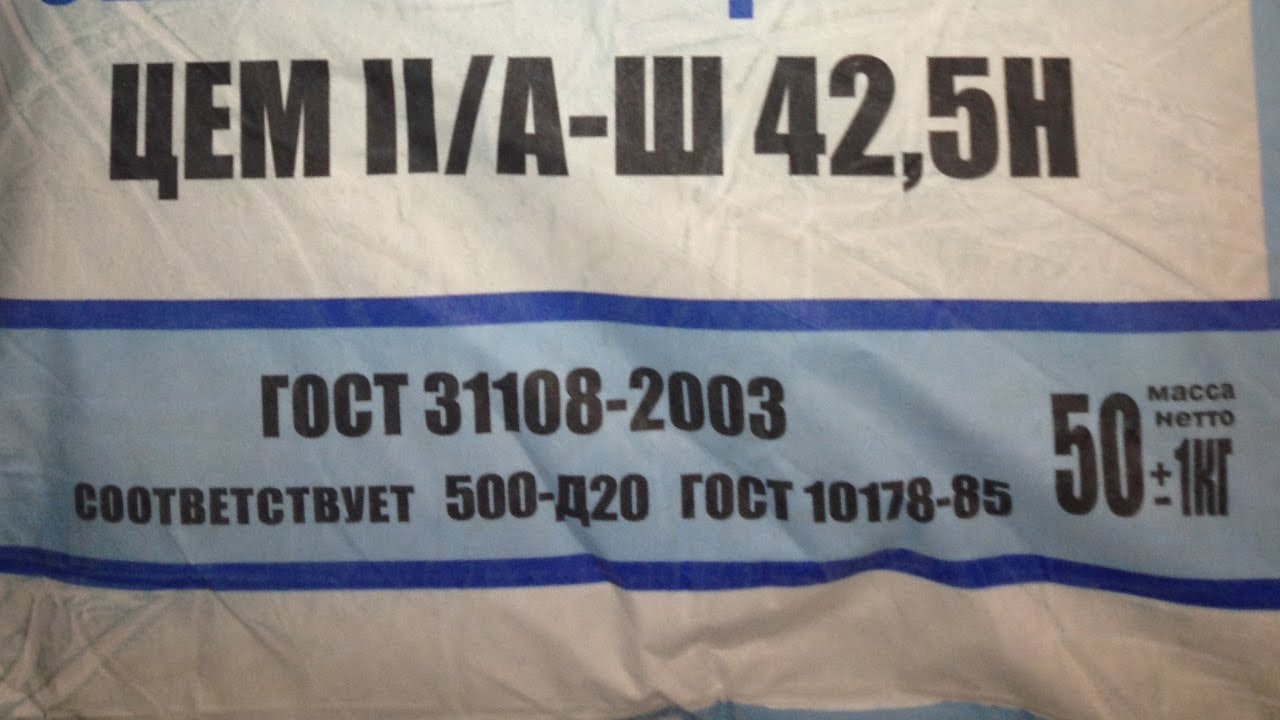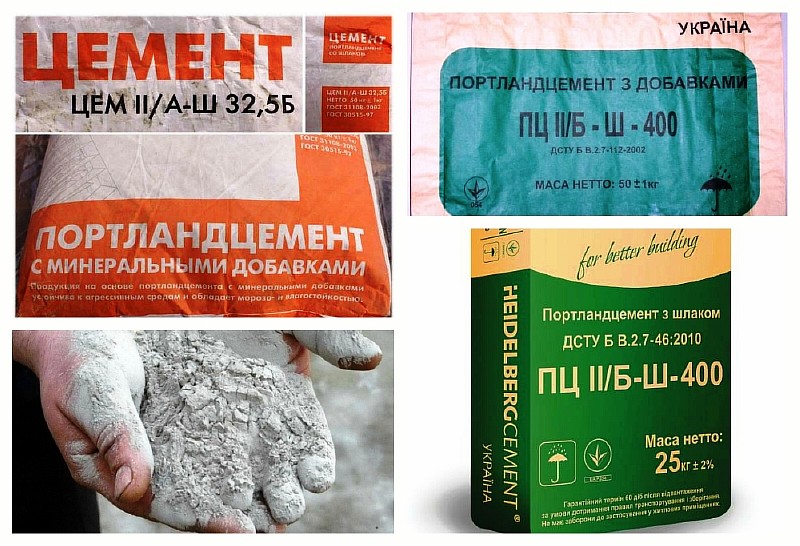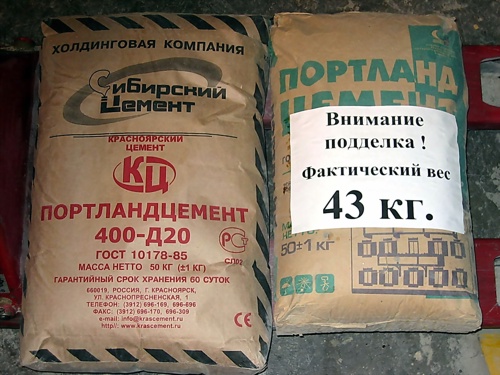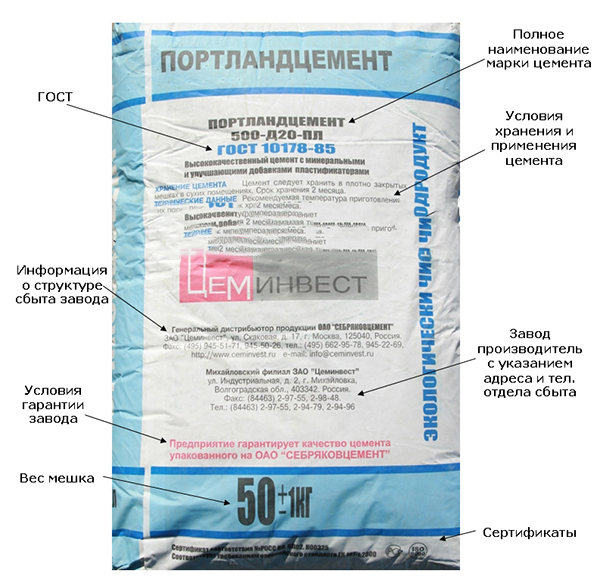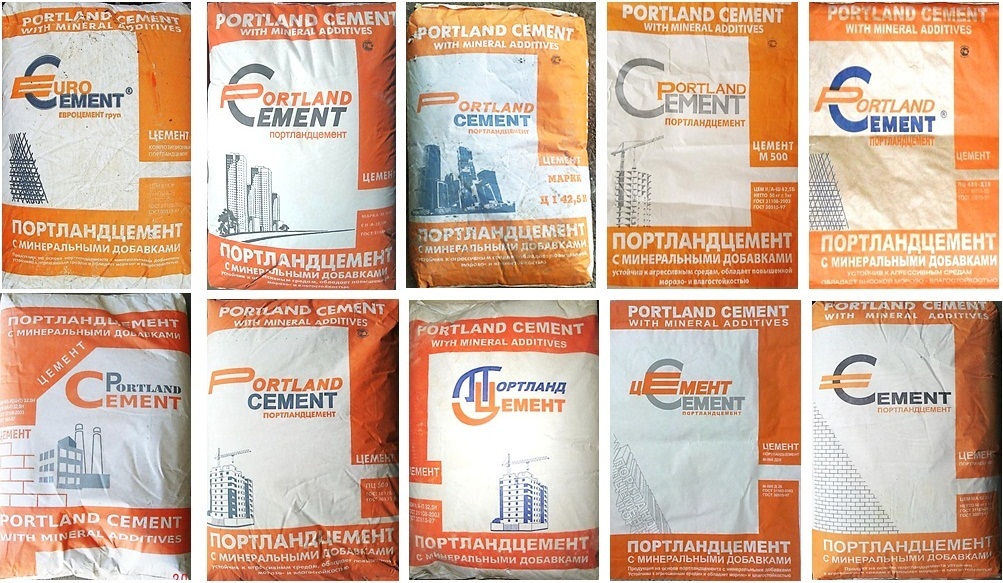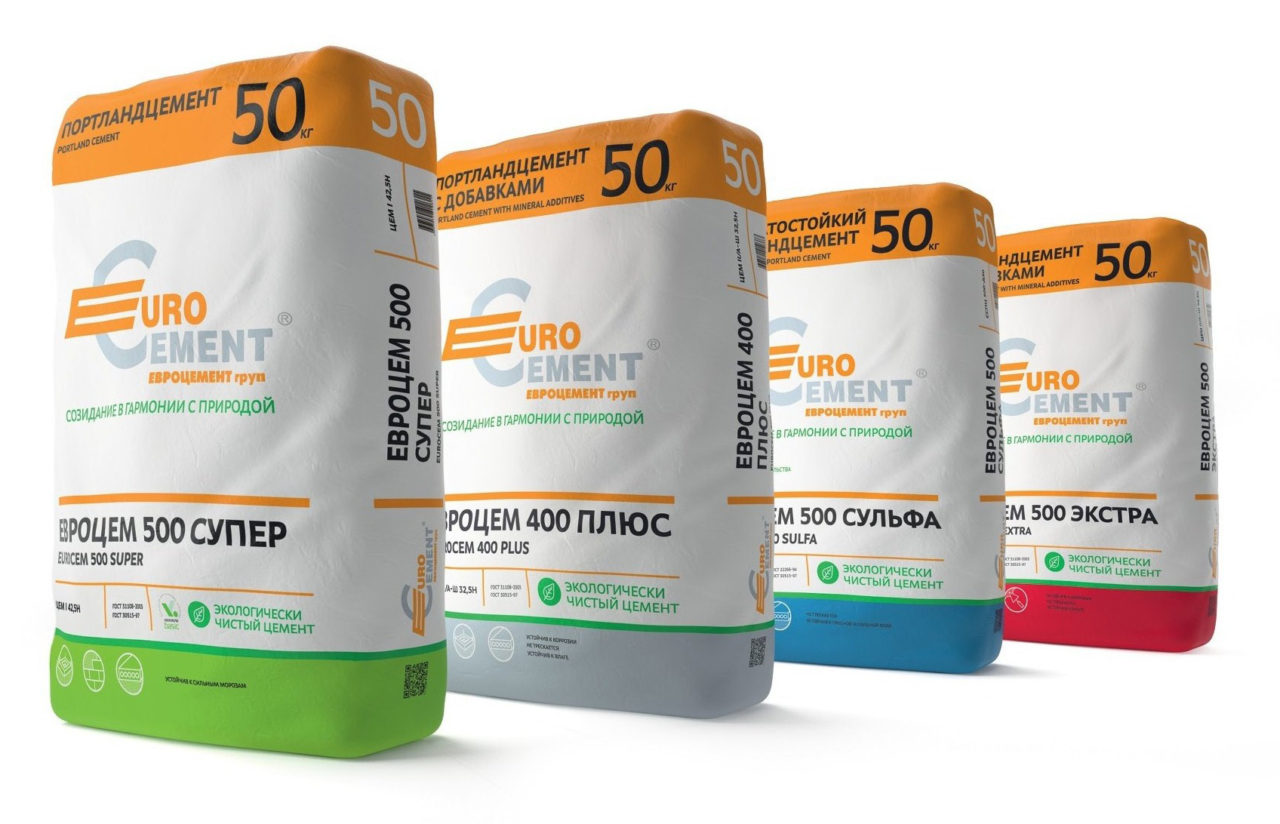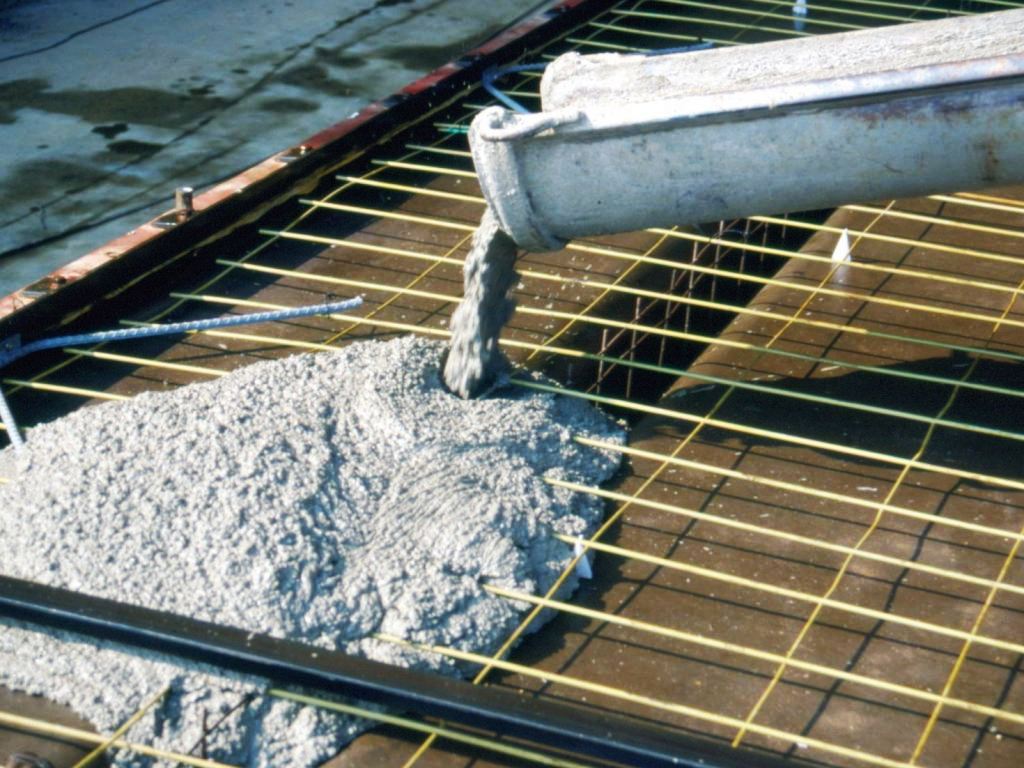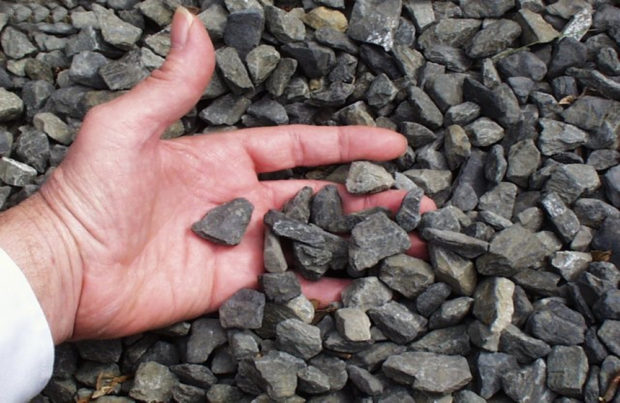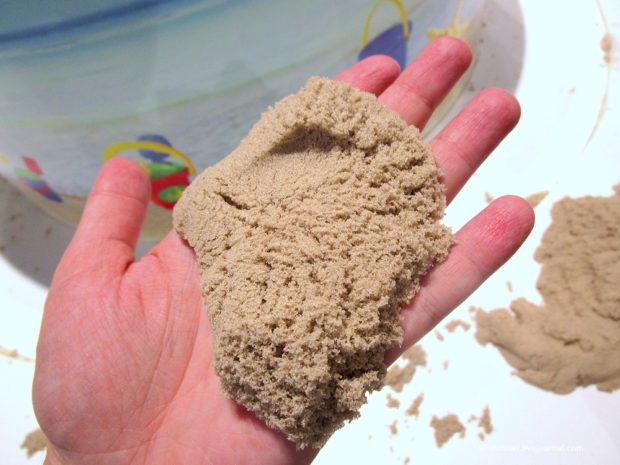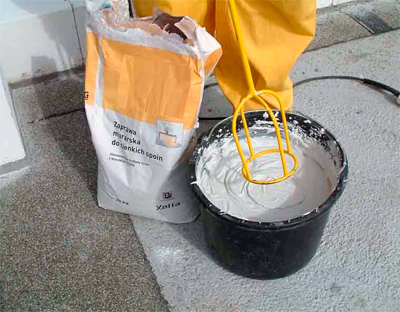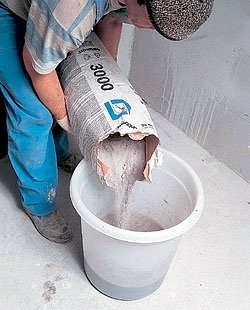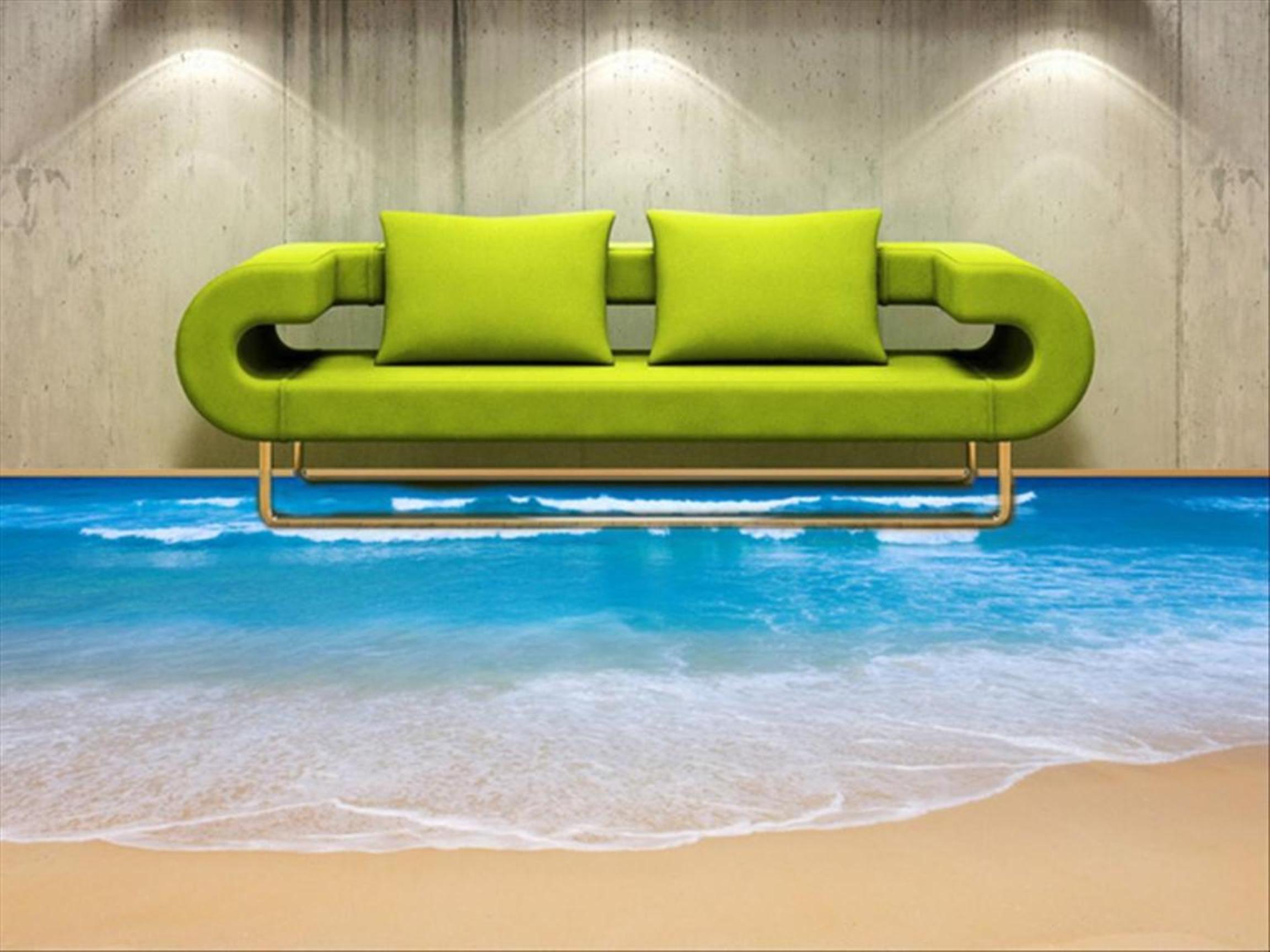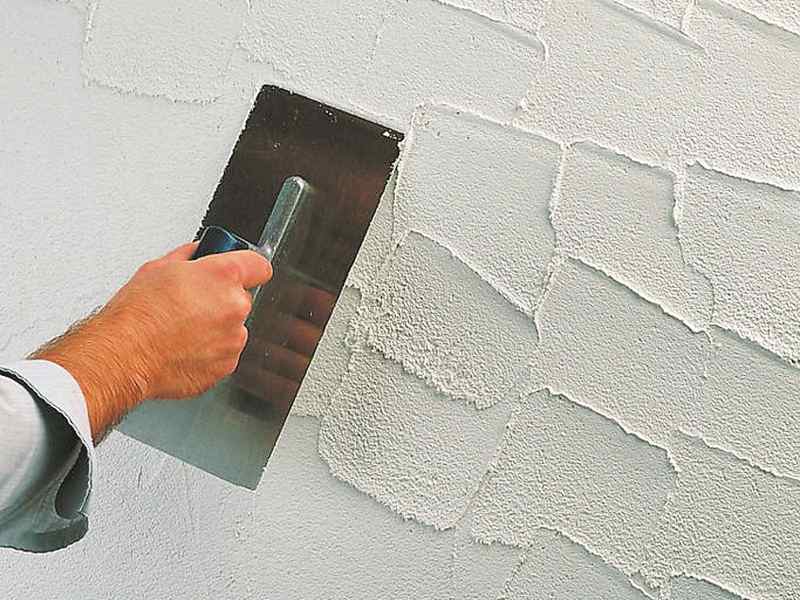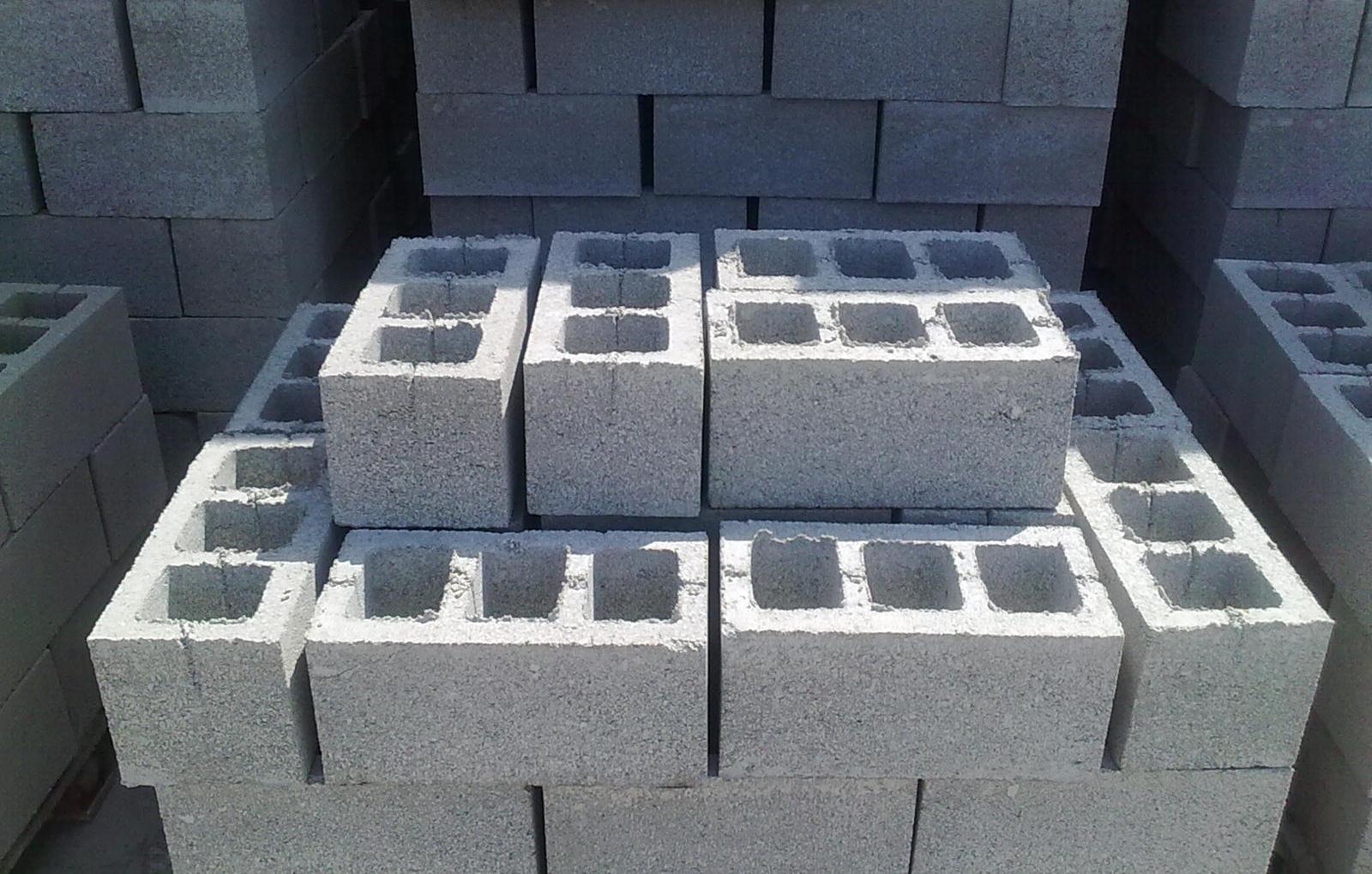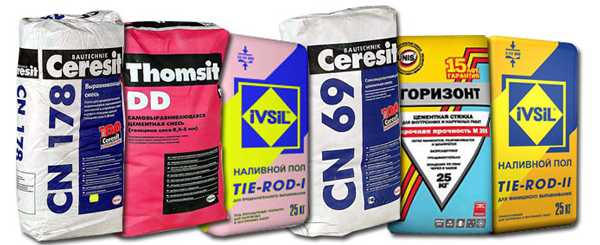7 tips for choosing cement: brands and types of cement, scope of use
Cement is used everywhere: from laying the foundation to arranging brickwork and carrying out interior decoration works. Such a wide and even immense scope of the use of cement has led to the appearance of materials with different compositions and characteristics. You can’t just buy the first cement you get and start work - first it’s important to make sure that the composition matches the task. When going to a hardware store, it is important to know the theoretical foundations, so it's time to figure out how to choose cement, find out what grades and types of cement exist, where certain compositions are used, and also what to consider directly when choosing.
No. 1. The main types of cement
Cement is called an inorganic binder. Cement powder, when interacting with water, forms a plastic mass, which quickly sets and forms a stone-like body. Often used for making concrete and mortars. The composition of cement can vary greatly. Accordingly, the properties and scope of use will differ.
Today, the main types of cement are made:
- Portland cement - the most popular type of cement in construction. It is made from Portland cement clinker, gypsum and special additives. Clinker is obtained from limestone, clay and additives by roasting. Ready Portland cement consists of 70-80% calcium silicates, the rest falls on gypsum (regulates the setting rate) and corrective additives. Portland cement is made of grades M400-M600, used to create reinforced concrete structures, solutions, asbestos-cement and other materials. Not suitable for the construction of structures subject to the influence of sea water;

- white portland cement made on the basis of gypsum, diatomite and clay-sandy rocks with a minimum content of coloring substances. The result is a composition with high strength, resistance to weathering and quick setting. Only two brands M400 and M500 are produced. Often the composition is used for external finishing work, as it has an aesthetic appearance and is not prone to cracking. Used to make decorative elements (statues, the columns), when organizing bulk floors, in road construction, in finishing facade works. Based on white Portland cement color compositions;
- sulfate-resistant Portland cement produced on the basis of Portland cement clinker and gypsum. The composition is characterized by a reduced content of calcium aluminates, which ensures resistance to sulfates. Cement may be without additives or have additives in the form of granular slag. Brand M400 and M500. It is used in the creation and construction of structures that will be operated under the influence of saline water. Such cement is used in the manufacture of piles, bridge supports, in the arrangement of external elements of hydraulic structures;

- pozzolanic portland cement obtained from Portland cement clinker, gypsum and additives of sedimentary origin, some of which are 20-30%. The composition is resistant to fresh and sulfate-containing waters, waterproof.Among the minuses are low frost resistance and low solidification speed. Use when pouring foundations and laying basements of industrial and civil buildings, in the construction of the metro, mines, canals, locks, plumbing;
- slag cements - a group of cements that includes slag Portland cement (ШПЦ) and lime-slag cement (ИШЦ). The first is obtained on the basis of Portland cement clinker, gypsum and blast furnace slag, part of which is 21-60%. The composition is characterized by a delayed increase in strength, increased resistance to aggressive environments, but is not resistant to temperature extremes. It is used in hydraulic engineering. ISC is obtained from a mixture of slag with lime (part of it is about 30%), small additives of gypsum and Portland cement are allowed. The composition slowly hardens, it is most resistant in fresh and sulphate waters, can be used for the manufacture of low-quality concrete, in mortars for plasters and masonry;

- quick setting Portland cement, as the name suggests, is characterized by a rapid set of strength in the first hours of hardening. Such properties are explained by the exact selection and dosage of special additives. As a result, after 3 days the composition reaches its ultimate strength, which accelerates the production of reinforced concrete structures;
- alumina cement also has a high hardening speed and curing strength. It is made on the basis of bauxite or alumina with the addition of limestone. According to the alumina content, ordinary (up to 55% alumina), high alumina (up to 65%) and highly pure high alumina cements are distinguished. The compositions have high resistance to fire, corrosion and a rapid increase in strength. Such cement has found application in emergency operations, high-speed construction and winter concreting;
- expanding cements - a group of cements that differ in volume increase during hardening. A similar effect is achieved by undergoing a reaction between the powder and water, resulting in the formation of calcium hydrosulfoaluminate, a substance that can bind a large amount of water. In the group of expanding cements, waterproof, annoying, gypsum-alumina compounds and expanding Portland cement are distinguished. Consider all of them separately;

- waterproof expanding cement made of gypsum, alumina cement and calcium hydroaluminate. The composition begins to set in 4 minutes, and after 10 minutes the hardening process is already over. It is used in underground and underwater construction, for filling cracks and when creating monolithic structures from separate prefabricated reinforced concrete elements;
- tensile expanding cement produced from Portland cement clinker, lime, alumina slag and gypsum stone. The composition hardens relatively quickly, waterproof. Used for concreting bowls poolsproduction of pressure pipes;
- gypsum-alumina expanding cement made from alumina blast furnace slag and gypsum. The composition sets in 4 hours, the extension ends in 3 days. Cement is characterized by high frost resistance, strength and deformation resistance. With its help, waterproofing works are carried out;

- expanding portland cement - This is a mixture of Portland cement clinker, slag with a high content of alumina, gypsum and mineral additives. Depending on the composition, the expansion is from 0.3 to 2.5%. The expansion period is long, so the volume is filled evenly. It is used in the arrangement of road surfaces and the repair of hydraulic structures;
- grouting cement It is used only for plugging oil and gas wells in order to isolate them from groundwater. It is made from clinker and gypsum;
- hydrophobic cement in its composition, in addition to gypsum and clinker, it has oleic acid or other hydrophobic substances that make it possible to create a waterproof film on the surface of dried cement.Such cement is ideal for the foundation;
- magnesia cement differs in the content of magnesium oxide, due to which the elasticity of the composition, its resistance to aggressive substances increases. Used in the arrangement sexes;

- waterproof non-shrink cement obtained on the basis of alumina cement, gypsum and slaked lime. The composition quickly sets and is not afraid of water;
- acid resistant quartz cement - a product of mixing silica sand, sodium silicofluoride and liquid sodium glass. The composition is resistant to aggressive substances, but loses its strength in water;
- surfactant cement possesses increased mobility and is used when working on objects that are complex from an architectural point of view.
No. 2. Strength cement grades
The most important characteristic of any kind of cement is its strength. This indicator is determined experimentally: prepare a solution of cement and sand in a ratio of 1: 3, create a parallelepiped-shaped sample with sides 40 * 40 * 160 mm. The resulting sample is subjected to a gradually increasing load. The experiment is slightly different only for certain types of cement.
The data obtained during laboratory studies are reflected in the stamps. If the sample can withstand a load of 300 kg / cm2, then this is the M300 brand, 500 kg / cm2 - M500, etc. Stamps are denoted by the letter M and a subsequent index from 200 to 600 in increments of 50 or 100. The higher the mark, the stronger the composition in front of us, and the more durable and high-quality concrete it will turn out:
- for foundation use cement grade M400-M500;
- for finishing work cement M200-M300 is suitable;
- M600 brand cement is called military, it has increased strength, costs much more than M500 and is used in the construction of bunkers and other military facilities.

Today, along with cement classifications by strength grade, a division into strength classes. If the brand is an average indicator, the class is more accurate and provides a 95% guarantee of compliance with the specified data. Strength classes range from 30 to 60:
- 52.5 - cement withstands pressure of 52.5 MPa, corresponds to cement grade M600;
- 42.5 corresponds to cement M500;
- 32.5 corresponds to cement M400;
- 22.5 corresponds to cement M300.
No. 3. Cement Additive Labeling
In addition to the strength grade, on the packaging you can see the marking of the percentage of various additives in cement. This indicator is indicated by the letter D, followed by a numerical indicator in percent. For example, cement D20 means that its composition includes 20% of additives. The higher the amount of additives, the lower the price of the composition.
Number 4. Strength marking
The time during which cement reaches its maximum strength is another important indicator of composition. In some cases, it is required that it harden instantly, in others, on the contrary, - excessive speed of curing will only hurt. According to this parameter, cement is divided into the following types:
- CEM V - normally hardening cement with a compressive strength of 32.5 MPa;
- CEM IV - normally hardening pozzolanic cement with a strength of 32.5 MPa. The composition may contain silica, pozzolans (21-35%);
- CEM III - normally hardening slag Portland cement with a slag content of 36-65% and strength up to 32.5 MPa;
- CEM II has a different hardening rate, which depends on the amount and composition of the additives;
- CEM I - cement with the highest setting speed. The next day, the strength already reaches 50% of the design.

No. 5. What else could be in cement labeling?
In the characteristics of the composition, after designation of the cement grade and the percentage of additives, there may be various abbreviations indicating the specific qualities of cement:
- SS is a sulfate-resistant cement;
- GF - hydrophobic cement;
- B - quick setting cement;
- PC - Portland cement;
- BC - white cement;
- N - normalized cement, which is made from clinker, having a normalized composition;
- PL - plasticized cement with high frost resistance;
- WRC - cement with a high setting rate and expansion during hardening.

No. 6. What to look for when choosing cement?
The demand for cement is huge, which has led to the emergence of many unscrupulous manufacturers who often mix additives in cement that greatly reduce the quality of the finished composition. In order not to be mistaken when choosing cement and to buy really high-quality goods, you need to know something about how good cement looks and what properties it should have:
- cement is sold in bags and in loose form. It is better to take cement in bags, since it is so protected from external influences, retains its qualities for longer, and you can always find information on the composition of the bag on the composition, date of production, characteristics of the cement and its manufacturer. The bags are usually made of two layers of paper, the inner one protects the cement from getting wet. By the way, the absence of any information on the packaging is also a sign that there may be poor-quality material in front of you;

- if you buy cement in bulk, and it is packaged in bags, it is better to carefully check shelf life on each, because in the total mass you can sell stale goods. Cement activity after 6 months from the date of production falls several times;
- verify cement freshness it is possible and empirically. It is enough to hit the bag - the sensations should not resemble a blow to a stone. The cement stony in the corners of the bag is the first to stone, so they also do not interfere with checking. Naturally, if there is no production date at all on the packaging, then it is better not to take such a product;
- cement should be stored in dry and well-ventilated rooms, otherwise it will quickly become stony;

- quality cement color - gray, more precisely from light gray to dark gray and even greenish. Dark and swamp shades are not allowed. Good cement should crumble in the hand, and when squeezed, do not crumple into a lump;
- fineness of grinding affects the hardening process. The smaller the fraction of particles, the faster the composition will solidify and the higher its price. Too small fraction increases water consumption, therefore, ideally, it is better to take cement, where fractions from 40 to 80 microns are found;
- does not interfere with assessment of the composition and characteristics of cement. It is not difficult to do this, but in advance it is necessary to prepare sodium bicarbonate water (Borjomi is suitable) or sodium bicarbonate chloride. Gas must be released from the water. Next, we use it to knead the cement paste and form pellets with a diameter of 15 cm from it. In the center it should be thicker (5 cm), to the edges - already (1 cm). High-quality cement should begin to set in no later than 10 minutes, and the thickened part will noticeably heat up. If the setting does not occur even within 30 minutes, then you have a low-quality composition.
Number 7. Top cement manufacturers
Cement manufacturers in the world and Russia a lot. Before buying, it is better to read reviews about the products of a particular company, and we dwell on the largest enterpriseswhose cement is guaranteed to meet all standards:
- Lafarge - French company, which is the largest cement producer in the world. In Russia, there are several factories of the company, the quality of the products at the height;

- Cemex - Another major player in the global cement market. The first plants appeared in Mexico, and today the company's enterprises operate on all continents. Products are widely represented in Russia;
- Heidelbergcement - A German company whose products have been widely represented in the domestic market since 2006. The company operates several cement plants in Russia;
- Eurocement Group - The largest domestic producer of cement. Started operations in 2002, and today the company includes 16 plants throughout Russia. In terms of price and quality, this is one of the best offers on the market;

- OJSC Novoroscement - the second largest producer of cement in terms of production. Products are widely represented in different regions of the country;
- Siberian Cement JSC - A large enterprise providing a full cement production cycle. It is one of the five largest domestic cement producers.
In conclusion, we emphasize once again the need for the packaging to contain information about the cement brand, its properties, production date and manufacturer’s contact information.


